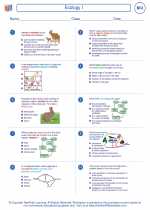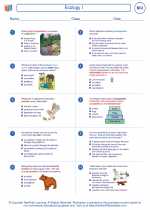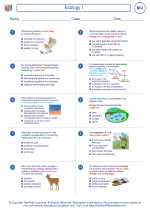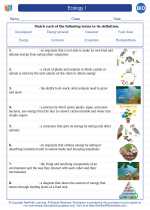Lipids
Lipids are a diverse group of organic molecules that are insoluble in water but soluble in nonpolar solvents such as ether, chloroform, and benzene. They serve a variety of important functions in living organisms, including energy storage, structural components of cell membranes, and signaling molecules.
Types of Lipids
There are several major classes of lipids:
- Triglycerides: These are the most common type of lipid and consist of three fatty acid molecules bonded to a glycerol molecule. They serve as a major form of energy storage in the body.
- Phospholipids: These are a major component of cell membranes and have a hydrophilic "head" and hydrophobic "tail." They form a lipid bilayer that provides the structural framework for cell membranes.
- Steroids: These are composed of a characteristic four-ring structure and include hormones such as estrogen and testosterone, as well as cholesterol, which is a crucial component of cell membranes.
- Waxes: These are long-chain fatty acids bonded to long-chain alcohols and serve as protective coatings on the surfaces of plants and animals.
Functions of Lipids
Lipids serve several important functions in living organisms:
- Energy Storage: Triglycerides store energy in the form of fatty acids, which can be broken down through metabolic processes to release energy.
- Cell Membrane Structure: Phospholipids form the lipid bilayer of cell membranes, providing a barrier that separates the interior of the cell from its external environment.
- Hormone Production: Steroid hormones, such as cortisol and aldosterone, are derived from cholesterol and serve as chemical messengers that regulate various physiological processes.
- Insulation and Protection: Lipids serve as insulation in the form of adipose tissue and provide protection for vital organs.
Study Guide
When studying lipids, it's important to understand the structure and function of each major class of lipids. Be sure to review the following key points:
- Define lipids and describe their solubility properties.
- Identify the major classes of lipids and their structural components.
- Explain the functions of lipids in living organisms, including energy storage, cell membrane structure, hormone production, and insulation.
- Understand the role of lipids in health and disease, such as the impact of cholesterol on cardiovascular health.
- Be able to differentiate between saturated and unsaturated fats and their effects on health.
Additionally, it's helpful to familiarize yourself with common lipid-related terminology, such as triglycerides, phospholipids, fatty acids, and cholesterol, and to be able to identify examples of each type of lipid in various biological contexts.
By mastering these concepts, you'll have a solid understanding of the structure, function, and significance of lipids in biology.
.◂Biology Worksheets and Study Guides High School. Ecology I

 Worksheet/Answer key
Worksheet/Answer key
 Worksheet/Answer key
Worksheet/Answer key
 Worksheet/Answer key
Worksheet/Answer key
 Vocabulary/Answer key
Vocabulary/Answer key
 Vocabulary/Answer key
Vocabulary/Answer key
